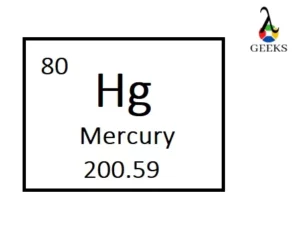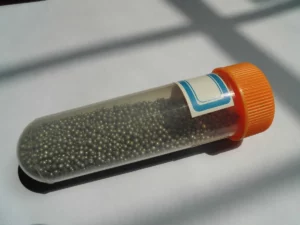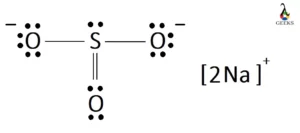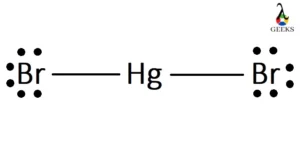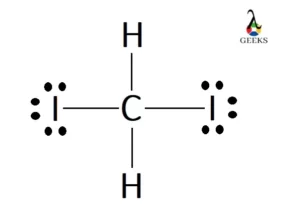Antimony Chemical Properties (25 Facts You Should Know)
Antimony is a gray-colored lustrous metalloid that is found mainly as Sb2S3. Let us focus on the chemical properties of antimony. Antimony is refined industrially from stibnite by roasting and followed by reduction in presence of carbon or direct reduction of stibnite with iron. It is a hard, brittle metalloid compound. Elemental antimony possesses a … Read more


